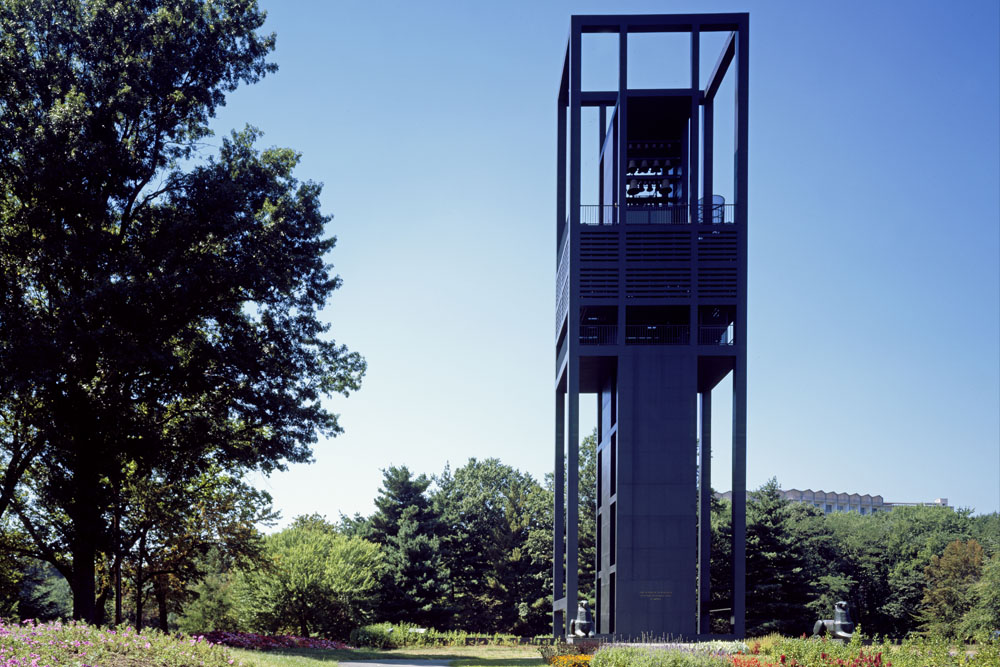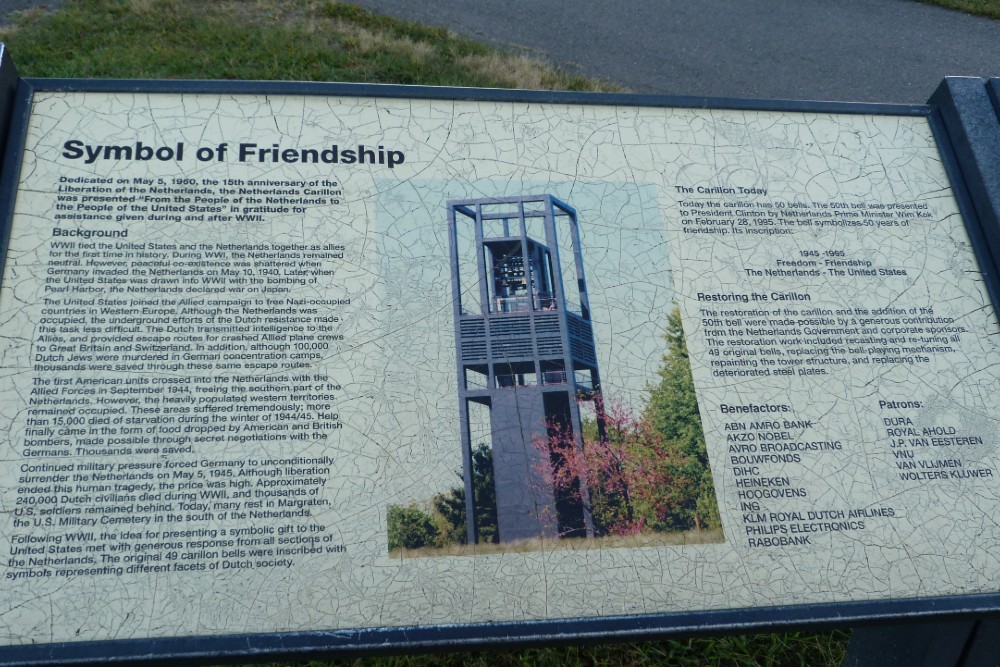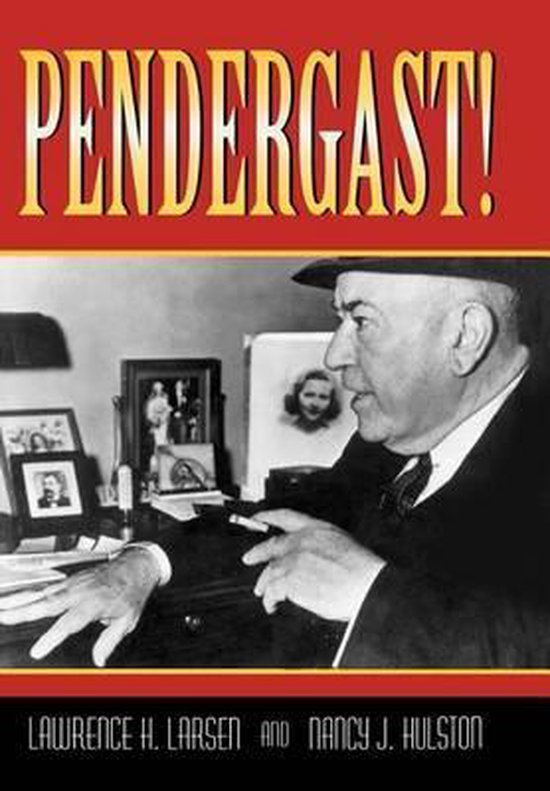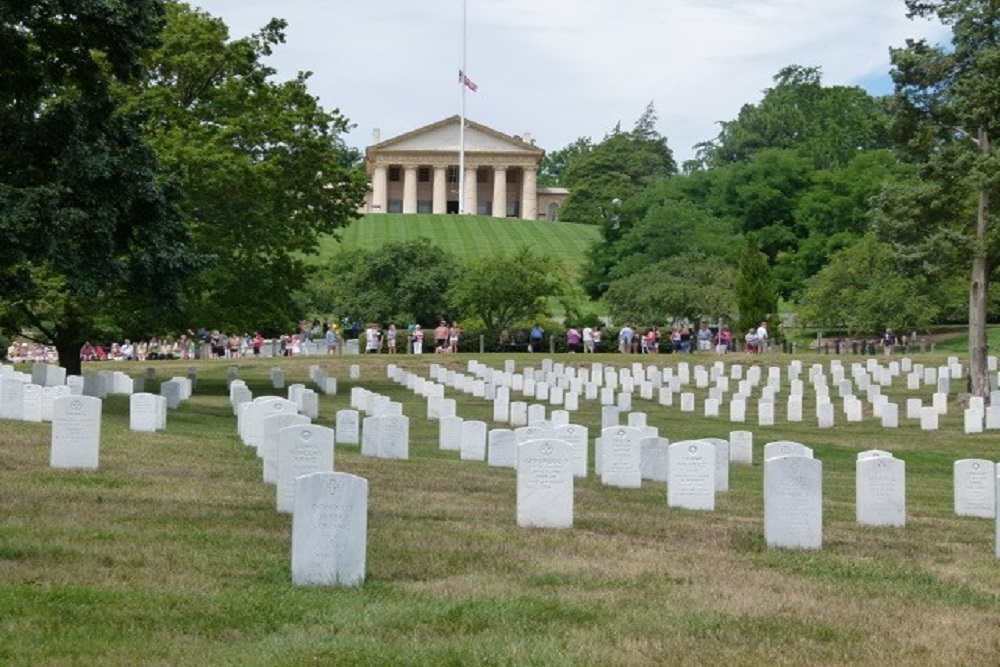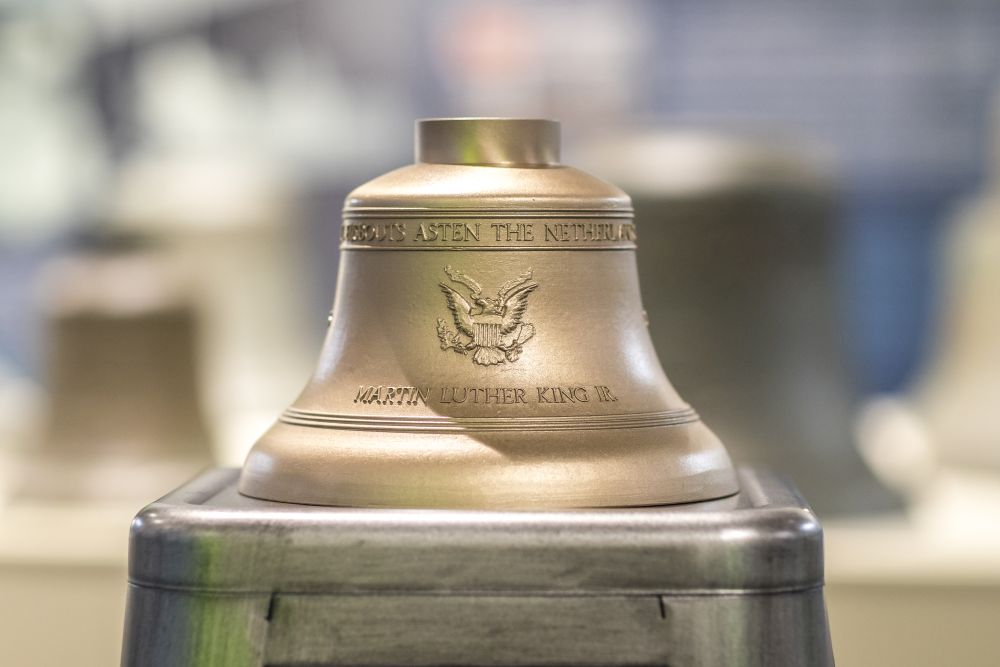The Netherlands Carillon Arlington
The Netherlands Carillon, at Arlington National Cemetery, is a gift from the Dutch people to the United States to thank them for the American aid received during and after World War II.
Texts on the memorial:
So many voices in our troubled world are still unheard. From the People of the Netherlands to the People of the United States.
From Mr M.L.M. Verheul we received further information regarding the creation of the carillon. The story of Mr. G. Verheul, spiritual father of the carillon:
Bells for America
1951 was running towards its end. Queen Juliana would pay a formal state visit to the United States of America the following year. The council of ministers decided that Her Majesty should carry a present from the people of the Netherlands for the American people as a token of gratitude for the liberation in 1945, followed by the Marshall plan. In the Information Service, which consisted of all heads of Public Relations, amongst whom Dr. Max Weisglas, (head of Press Services of the Ministry of Economic Affairs), did not arrive at a solution. All kinds of representative presents were mentioned: from Deventer-carpet, glass from Leerdam, Delft-blue-china, up till millions of flower bulbs for Washington. All ideas were revoked by the council of ministers.
It was the 18th of October, my wife’s birthday. We had invited her brothers and sisters for a little party. It was late when the last one left. My wife was tired but nevertheless she wanted to tackle the voluminous washing up in the kitchen. I sent her to her bed and started the dishwashing. Funny enough during the dishwashing the Dutch gift to America turned up in my mind. The next day the Press Services etc. would meet to discuss it again. I knocked two glasses against each other which produced a melodious noise. "Jezus" I thought, "a carillon!" I continued the dishwashing but in the meantime a complete plan grew in my mind for the realization of the thought. When I was ready I didn’t go to bed but sat down behind my type writer and worked out all details. I thought of the chairman of the House of Commons, Dr Willem Kortenhorst. Above all, a vain person. A National Committee had to be established in which were to be appointed the chairmen – no others – of the Employers’ and of the Employees’ Organizations, (House) Wives’ Organizations, Educational and Social Organizations etc. etc. with a small group managing the daily affairs. Absolutely no representatives of the government, who were also excluded from donating money. Dying from lack of sleep the next morning at 09:30 I stood before the desk of Weisglas. He read the plan and said: "Good heavens, this is it!" He telephoned Minister Van den Brink and a quarter of an hour later we had coffee with him. The minister was very much impressed and enthusiastic. The minister phoned Kortenhorst and at 12:00 I elucidated my plan during an excellent lunch with him in the restaurant of the House of Commons.
To keep it short: all was going as I had imagined. The rank and file of the chairmen gathered the money. There was funding for 49 bells; from the metallurgical industry up to and including farmers’ organizations. In short: from a cross section of the Dutch economic and social society. The charm of my plan was embedded in the fact that each of the groups received its own bell which was expressed in the texts of the poet Ben van IJselstein, engraved in the lower rim. Even the toddlers had their own peal. The engraving sounded: "Ik kleinste het reinste" [ Me, the smallest, the purest]. It became even more symbolic when Princess Marijke (nowadays Princess Christina) handed it to her mother during a gathering at the Soestdijk Palace just before the departure of the Queen to America. I still remember very well that Her majesty took me by the arm towards the troop of journalists and photographers and said: " Gentlemen, don’t you think this is an idea of a genius?" That gesture was more appreciated than an award as it appeared in all newspapers the next day.
Temporary carillon.
It was unique in the history of bell-foundries in the Netherlands: they all collaborated. Eysbouts in Asten, Petit & Fritzen in Aarle Rixtel, Van Bergen in Heiligerlee. It was a very hard job, because the bells had to be attuned to each other as far as their sound was concerned.
Petit & Fritzen had a mobile carillon available. It was decided that this would be shipped to the US awaiting the delivery of the definitive carillon which was in production. It was going to be established in Meridian Hill Park right in the center of Washington. On 4 April, 1952, Queen Juliana handed the smallest bell to President Truman. Early March of that year I read in the newspaper that Kortenhorst, accompanied by the Secretary of the National Committee, Mrs. Beratta, would go to the United States by invitation of the Holland-Amerika Lijn [shipping line] in order to be present at the unveiling of the temporary carillon. I got in touch with Bernhard Bekman, a good friend and public relations officer of the Holland-Amerika Lijn. But his boss, director Van den Hengel, was not prepared to offer me also a ticket.
But later on all went well. I received a letter from the American Embassy, dated 15 April, 1952, with the announcement that I had been selected for a study trip of three months to that country under the United States Information and Educational Exchange Program: the Foreign Leader Program. And whether I would let them know if I would accept. Weisglas was very happy with this message. Later on it would appear that there were two matters at the base of this: my activities in the frame of the Marshall Plan, as well as the Carillon for America.
Do you have more information about this location? Inform us!
Source
- Text: Fedor de Vries en M.L.M. Verheul
- Photos: Carol Highsmith (1), Anthony (Sharky) Ward (2)
Related books
The Netherlands Carillon will finally sound harmoniously after May 5
In 1951, the Dutch government decided to donate a carillon to the United States as a gesture of gratitude for the liberation and the Marshall aid. The instrument initially consisted of 49 bells and ended up in a modernist bell tower right next to Arlington National Cemetery with a view on the American capital of Washington D.C. In Bells for America, Diederik Oostdijk describes the arduous history of the Netherlands Carillon. The author is professor of English and American literature at the Vrije Universiteit in Amsterdam. We asked him several questions by e-mail about his book and the restoration of the instrument. The text was translated by Arnold Palthe.
Nearby
Museum
- United States Holocaust Memorial Museum - Washington DC
- National Museum of American History - Washington DC
- National Air and Space Museum - Washington DC
Point of interest
- Cannon on Grave Wallace F. Randolph Cannon - Arlington
- James Tanner Amphitheater - Arlington
- The Pentagon - Arlington
Monument
- Memorial Field Marshal Sir John Dill - Arlington
- Memorial 173d Airborne Brigade (Sep) 1963 - 1971 - Arlington
- Memorials Chaplains Hill Cemetery Arlington - Arlington
Cemetery
- Arlington National Cemetery - Arlington
- Tomb of the Unknowns Arlington National Cemetery - Arlington
- Washington National Cathedral - Washington
Remembrance Stone
- Memorial Stones Roosevelt Dr Arlington National Cemetery - Arlington
- Memorial Stones McClellan Dr Arlington National Cemetery - Arlington
- Memorial Stones Memorial Dr Arlington National Cemetery - Arlington
